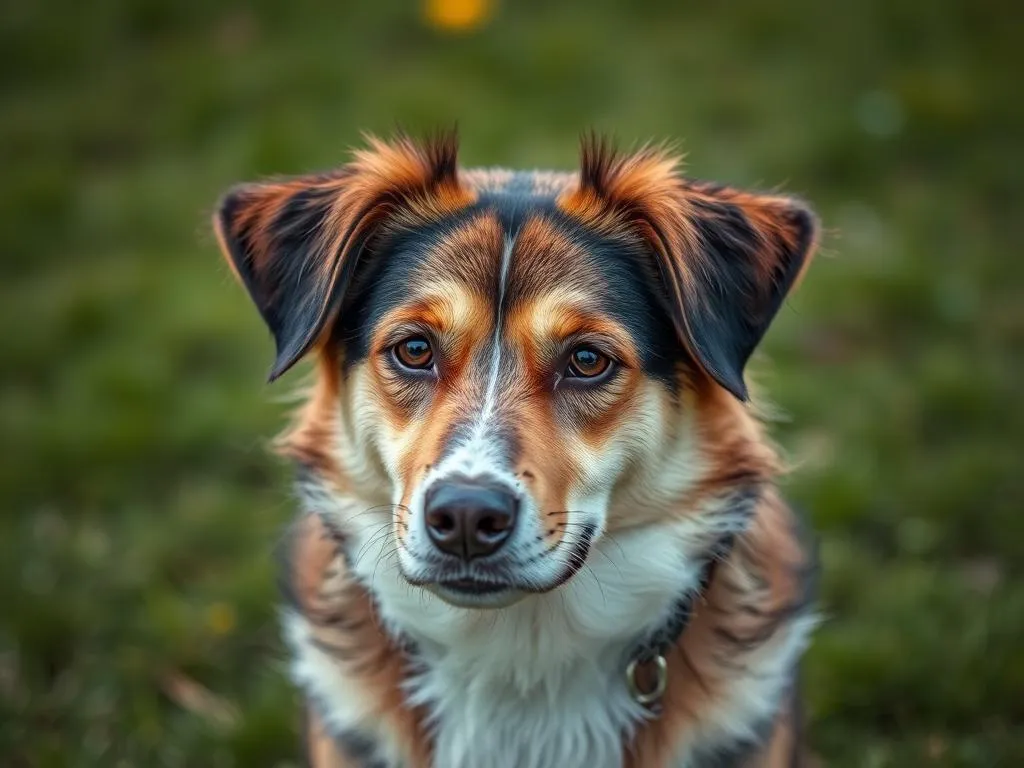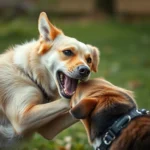
Teaching a dog its name is one of the fundamental aspects of dog training. How to teach a dog its name correctly is crucial for effective communication and establishing a bond between you and your furry friend. When a dog recognizes its name, it can respond better to commands and learn other skills more efficiently. This article will take you through the entire process of teaching your dog its name, ensuring a rewarding experience for both of you.
Understanding Your Dog’s Learning Style
Before diving into the training process, it’s essential to understand that dogs have different learning styles. Recognizing your dog’s unique approach to learning can significantly impact how effectively they grasp their name.
Different Learning Styles in Dogs
Dogs are generally categorized into two primary learning styles: visual learners and auditory learners.
-
Visual learners tend to respond better to visual cues, such as hand signals or gestures. If your dog is more visually oriented, incorporating visual elements into your training can enhance their understanding.
-
Auditory learners, on the other hand, focus more on sounds and verbal cues. If your dog fits this category, emphasizing the tone and clarity of your voice when saying their name will be crucial.
Additionally, factors like age and breed can influence learning styles. Puppies may have shorter attention spans, while older dogs might require more patience. Certain breeds, such as Border Collies, are often quicker learners due to their intelligence and eagerness to please.
Factors Affecting Training
Understanding your dog’s attention span is vital. Younger dogs may have shorter focus durations, while older dogs can concentrate for longer periods. It’s also essential to consider environmental distractions. A noisy or busy area can make it difficult for your dog to focus on learning their name.
Preparing for Training
Preparation is key to successful dog training. Having the right tools and creating a conducive environment can make a significant difference.
Essential Tools and Supplies
To teach your dog its name effectively, gather the following supplies:
-
Treats: Use small, high-value treats that your dog loves. Brands like Blue Buffalo or Zuke’s offer excellent options. Ensure the treats are easy to chew and digest.
-
Clicker or Verbal Marker: A clicker can help mark the exact moment your dog responds correctly, reinforcing the behavior. If you prefer verbal markers, a consistent phrase like “Yes!” works well.
-
Leash and Collar: A standard leash and collar or harness will help you control your dog during training sessions, especially in distracting environments.
Creating a Positive Training Environment
Choose a quiet, familiar location for training sessions. An area with minimal distractions, such as your living room or backyard, is ideal. Ensure that your dog feels comfortable in this space to encourage focus and engagement.
Step-by-Step Guide to Teaching a Dog Its Name
Now that you’re prepared, let’s dive into the step-by-step process of teaching your dog its name.
Step 1: Get Your Dog’s Attention
To begin, you need to capture your dog’s attention. Here are some techniques to help:
-
Use Treats: Show a treat to your dog to pique their interest. Hold it near your face so they focus on you.
-
Engaging Sounds: Make a playful noise or call your dog in an enthusiastic tone to draw their focus.
Step 2: Introducing the Name
Once you have their attention, it’s time to introduce their name.
-
Say the Name Clearly: Use a clear and upbeat tone when saying your dog’s name. For example, “Rover!”.
-
Timing is Key: Use their name during moments of play or feeding to create positive associations. For instance, every time you feed them, say their name before presenting the food.
Step 3: Reinforcing Name Recognition
Now that your dog has heard their name, it’s crucial to reinforce this recognition.
-
Reward Responses: Whenever your dog responds to their name, immediately offer praise and a treat. This positive reinforcement encourages them to associate their name with good things.
-
Use Praise: In addition to treats, verbal praise like “Good boy!” or “Well done!” will reinforce their name recognition.
Step 4: Practicing Regularly
Consistency is vital in dog training. Incorporate name recognition into your daily routines.
-
Daily Practice Sessions: Aim for short, frequent sessions of 5-10 minutes several times a day. This approach keeps training fun and effective.
-
Integrate into Routines: Use their name while walking, playing, or even during grooming sessions. The more your dog hears their name, the better!
Common Challenges and Solutions
Training isn’t always smooth sailing. Here are some common challenges you may face and their solutions.
Dog Ignoring Its Name
If your dog seems to ignore their name, consider the following:
-
Analyze the Environment: Are there distractions? If so, try moving to a quieter space during training.
-
Adjust Techniques: Experiment with different tones or pitches when calling your dog’s name. Sometimes, a higher pitch can capture their attention better.
Overstimulation and Distraction
If your dog is easily distracted, here are some tips:
-
Training in Low-Distraction Environments: Start training in an area with minimal noise and gradually introduce distractions as your dog improves.
-
Gradually Increasing Difficulty: Once your dog responds well in a quiet environment, try practicing in busier locations.
Lack of Motivation
If your dog seems unmotivated, consider these strategies:
-
Finding the Right Rewards: Experiment with various treats or toys to see what excites your dog the most. Some dogs respond better to play than food.
-
Understanding Individual Personalities: Every dog has a unique personality. Tailoring your approach to fit your dog’s preferences can enhance their engagement.
Advanced Techniques for Name Training
Once your dog has mastered their name, consider these advanced techniques to enhance the training experience.
Using Name Games
Make learning fun by incorporating games into your training.
-
Fun Activities: Games like hide and seek can reinforce name recognition. Call your dog’s name and reward them when they find you.
-
Interactive Games: Use toys that require your dog to respond to their name to engage them further.
Socializing with Other Dogs
Social interactions can significantly boost name recognition.
- Playdates: Arrange playdates with other dogs. Using their name in a social setting can enhance recognition as they associate it with fun experiences.
Incorporating Commands with Name Recognition
Teaching additional commands alongside name training can be beneficial.
- Dual Training: Use their name when giving commands like “sit” or “stay.” This reinforces their name while teaching important skills.
The Importance of Patience and Consistency
Training a dog takes time, and patience is essential.
Understanding the Learning Curve
Every dog learns at its own pace. Be prepared for some frustration, but remember that consistency and encouragement will yield results in the long run.
Maintaining Consistency in Training
Consistency is crucial in dog training. Ensure everyone in your household uses the same commands and rewards to avoid confusing your dog.
- Regular Updates to Training Practices: As your dog learns, modify training practices to keep them engaged and challenged.
Conclusion
Teaching your dog its name is an essential part of building a strong bond and effective communication. By understanding your dog’s learning style, preparing adequately, and following a structured training process, you can successfully teach your dog to respond to their name. Remember, patience and consistency are your best friends throughout this journey. Celebrate small victories and enjoy the process of learning together!
FAQs
How long does it take for a dog to learn its name?
The timeframe can vary significantly based on the individual dog. Some may respond within a few days, while others may take a few weeks. Regular practice is key.
What should I do if my dog doesn’t respond to its name?
Evaluate the training environment for distractions and adjust your techniques. Ensure that you are using positive reinforcement to encourage response.
Can I teach an older dog its name?
Absolutely! Older dogs are just as capable of learning as younger ones. It may take more time, but patience will lead to success.
Is it normal for my dog to forget its name?
Occasional lapses can happen, especially in distracting environments. Consistent practice will help solidify their name recognition over time.
What if my dog only responds to their name when treats are involved?
This can be common, especially in the early stages of training. Gradually reduce treats as your dog learns to respond consistently. Use praise and affection as rewards instead.









